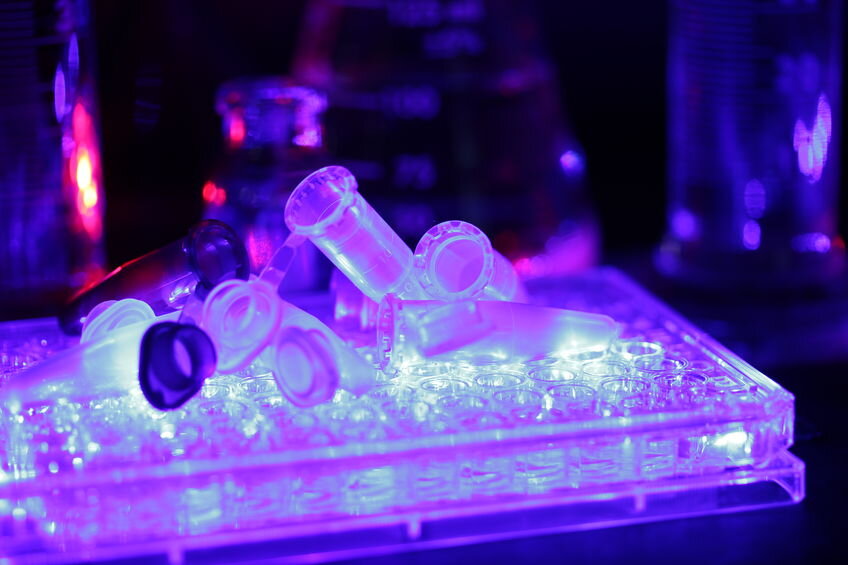In life science, it’s often plastic-polluted ecosystems that firm our resolve to limit the environmental impacts of our lab work. Let’s take a moment to recognize a new category of lab plastics as a welcome step forward in sustainability.
Read MoreWays that Labs Can Reduce Plastic Packaging Waste
Plastic packaging often gets a bad rap (wrap?). And rightly so — approximately 5.5 million tons of plastic is produced annually in life sciences laboratories. While it provides essential protection and labeling for products, its impact on the environment calls for action. Fortunately, there are ways laboratories can reduce their waste from plastic packaging.
Read MoreLab Reuse Strategies to Reduce Carbon Footprints
The shift to single-use plastics has grown dramatically in life science over time. Excitingly, a new study shares evidence that a balanced approach of reuse and single-use labware can reduce environmental impacts and costs.
Read MoreDNA and RNA Purification Kits
The eco-friendly design movement to cut waste while retaining or improving nucleic acid purification results is gaining traction. Learn about kits from three vendors.
Read MoreThe recently released TerraCycle centrifuge tubes & rigid lab plastics zero waste box
A lack of resin codes and local recycling services does not mean that rigid laboratory plastics are impossible to recycle. Learn behind-the-scene details on a new Zero Waste option from Terracycle in this interview.
Read MoreLoad bulk pipette tips into racks faster
Reusing pipette tip boxes by refilling pipette tips purchased in bulk and autoclaving has been going on in green biology labs forever. The drawback is the time it takes. Cheers and credit to easylabsolutions on youtube for demonstrating this 3D printed device!
Read MoreUV disinfection in life science labs
Since many biology labs are working at limited capacity due to COVID-19 , I wondered if any of the UV disinfection technologies used in the healthcare sector could improve safety and sustainability in biology workspaces. To consider any practical options, I dug up some recent studies and spoke with the Director of the University of New Hampshire Environmental Engineering Research Group, James Malley Ph.D., who is a respected expert on UV theory and practice. It turns out that there are strict scenarios for UV technology to improve safety and sustainability.
Read MoreWhat materials and systems would you need on site for your laboratory to function more independently?
It’s a good time to plan for future disruptions by adding flexibility in your laboratory workflow. Continuing lab work will be based on more than social distancing requirements. Your lab materials choices, your organization systems, and even your sterilization systems factor into lab productivity. Read on to learn green lab tips that could help you to foster independence and ultimately also protect the environment and human health.
Read MoreHow to switch from plastic to glass Petri dishes in your lab: an interview with Elicia Preston of the UPENN Perelman School of Medicine
Our thanks today to green lab champion Elicia Preston who is a research scientist and lab manager in John Murray’s Lab in the Genetics Department at the Perelman School of Medicine! The following interview and their accompanying “how to” video provide the information you need to use glass petri plates to reduce plastic waste in your laboratory.
Read MoreInsights on how to make your lab sustainable in today's climate
Yes, reducing life science lab waste is a challenge in today’s recycling environment. But please don’t feel overwhelmed and alone on this issue! Today’s green lab tip is a video that perfectly captures the significant experience of people who have implemented lab solutions that work.
Read More





